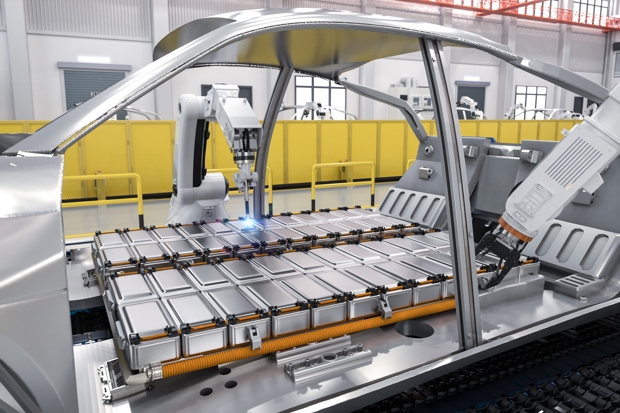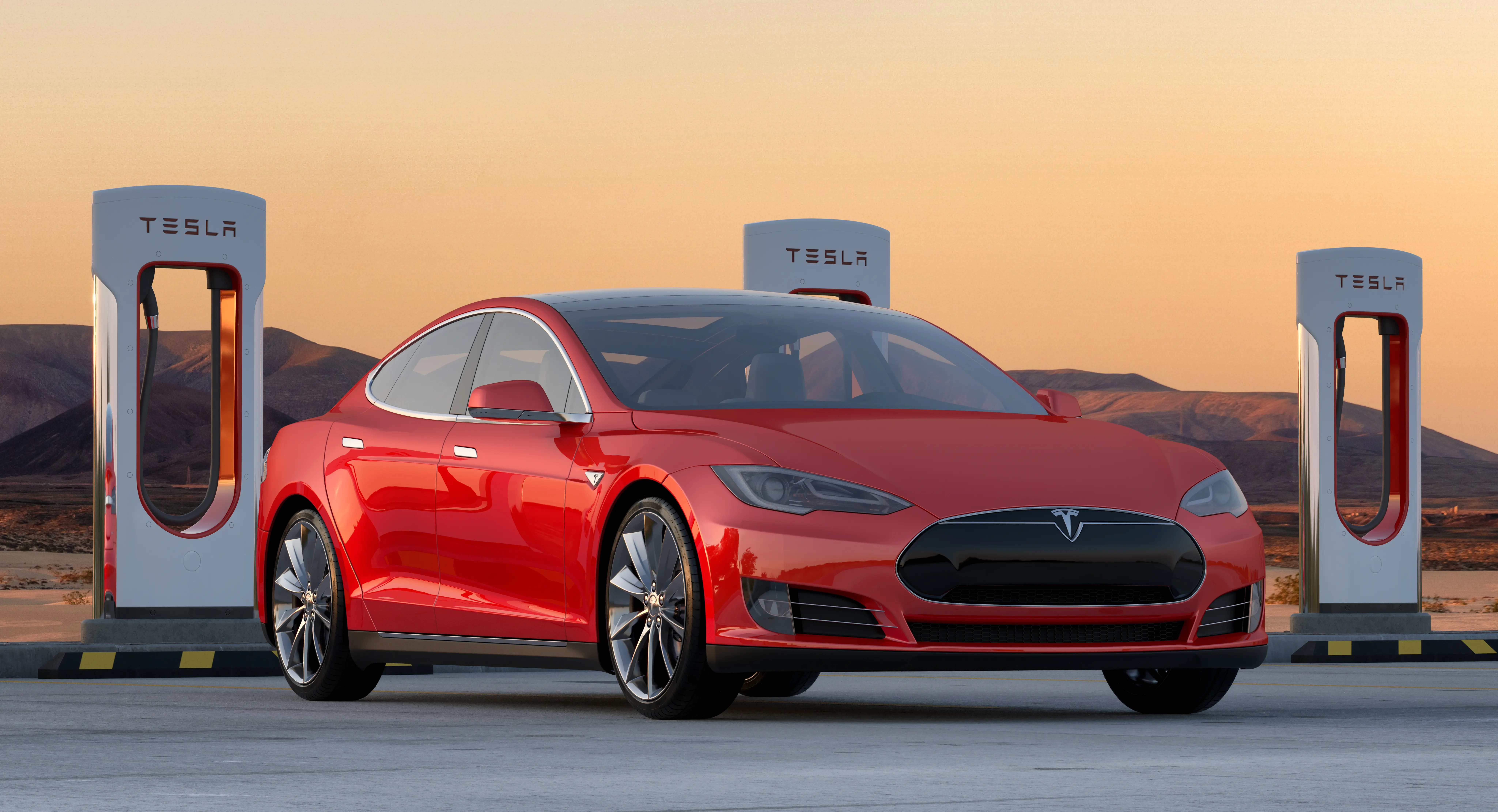Understanding the Tesla Model S High Voltage Battery

The Tesla Model S stands out for its high-performance electric drivetrain, powered by a sophisticated high voltage battery system. This advanced technology delivers impressive acceleration and range, distinguishing it from traditional combustion engine vehicles.
At the heart of the Tesla Model S is the high voltage battery pack, which stores and supplies the electrical energy needed to power the vehicle. Strategically located in the car's floor, it ensures optimal weight distribution for better stability and handling.
The high voltage battery pack comprises numerous battery modules connected to form an integrated unit. These modules are key to efficiently and reliably storing and releasing electrical energy.
Another crucial component is the Battery Management System (BMS). The BMS monitors and controls the charging and discharging of the high voltage battery, ensuring each module operates within safe limits to prevent issues like overcharging and overheating.
Maintaining the Tesla Model S high voltage battery is essential for its longevity and performance. Follow Tesla’s recommended maintenance schedule, monitor the battery’s state of charge, avoid extreme temperatures, and adhere to the manufacturer’s charging guidelines.
By understanding the components and proper care of the Tesla Model S high voltage battery, owners can maximize their vehicle’s efficiency and lifespan.
Signs of High Voltage Battery Issues
High voltage battery issues can affect your Tesla Model S's performance and reliability. Recognizing the signs of a failing battery can prevent problems and extend your vehicle's lifespan.
A common symptom of a failing high voltage battery is reduced driving range. If your Tesla Model S no longer travels as far on a single charge, it may indicate battery deterioration.
Another warning sign is decreased power and acceleration. A failing battery may result in a loss of power, making it difficult for your vehicle to accelerate or maintain speed.
Diagnostic tests and indicators can help identify high voltage battery issues. Tesla vehicles are equipped with onboard diagnostics that provide valuable information about battery health. Monitoring voltage levels, state of charge, and overall performance can reveal potential issues.
Safety is paramount when handling high voltage components. These batteries carry significant electrical energy, and improper handling can lead to serious injuries or accidents. Always allow a NexDrive certified technician to properly diagnose any issues you may be experiencing.
Find a NexDrive FacilityMaintenance Tips for Tesla Model S High Voltage Battery
Regular inspection and cleaning of battery connections are crucial. Over time, dirt, debris, and corrosion can accumulate on battery terminals and connections, hindering electricity flow and affecting battery performance. Having a NexDrive professional maintain these connections and terminals clean regularly will help in making the high voltage battery last as long as it can.
Optimizing battery performance through software updates is also important. Tesla frequently releases updates that enhance the vehicle's functionality and optimize battery performance. Keep your Tesla Model S updated with the latest software to benefit from these improvements. Check for updates regularly via the Tesla mobile app or the vehicle's touchscreen interface.
Proper storage and charging are essential for battery health. Tesla recommends keeping the battery charged between 20% and 80% for optimal longevity. Avoid frequent charges to 100% or depleting the battery to extremely low levels, as these practices can affect battery health. If storing your vehicle for an extended period, keep the battery charged around 50% to maintain its condition. Always refer to the owner’s manual or consult your nearest NexDrive service centre for more help.
Find a NexDrive Facility








